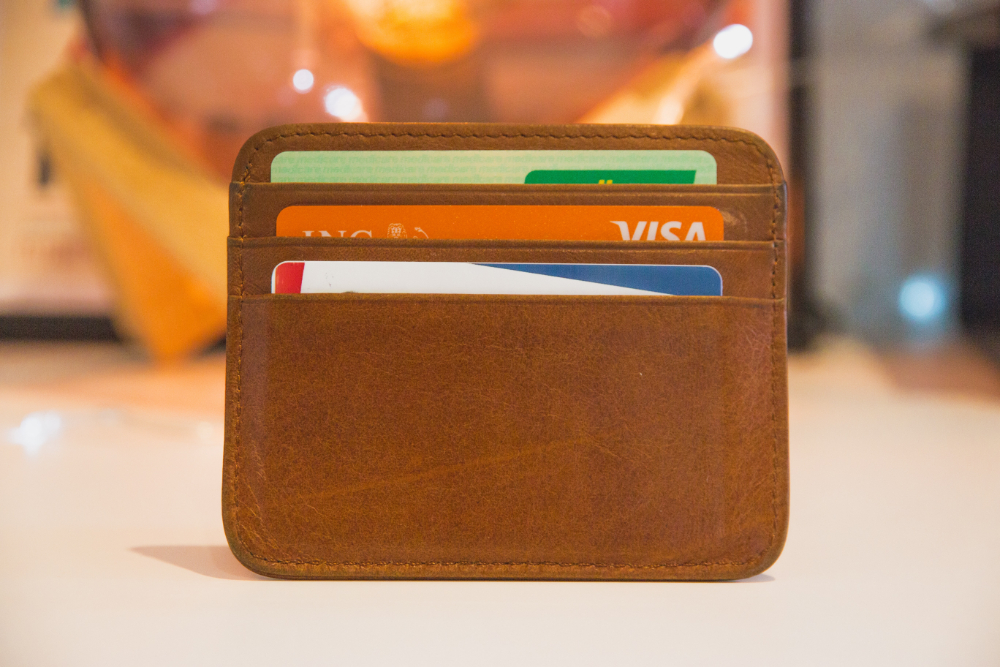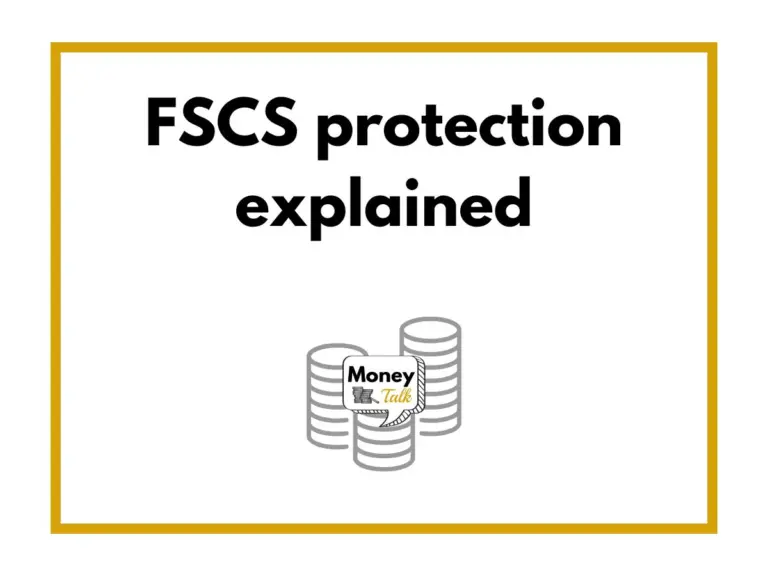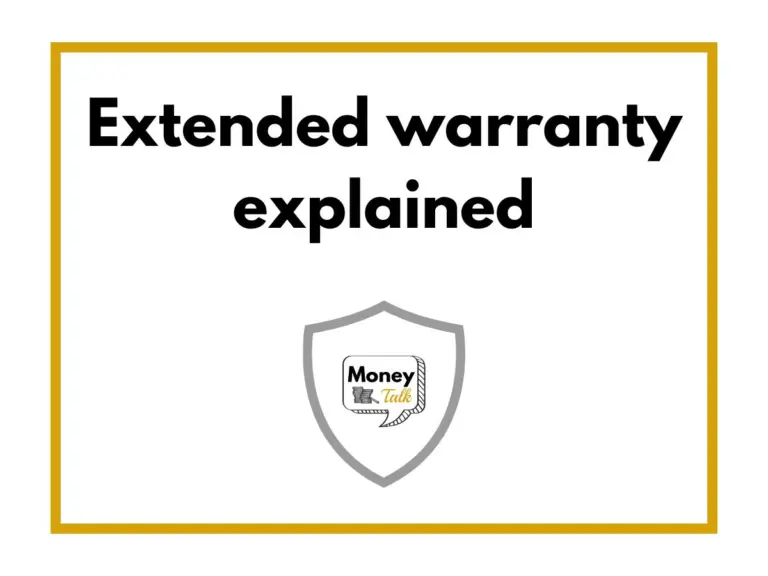How credit cards protect you under Section 75
Money Talk is intended to inform and educate; it's not financial advice. Affiliate links, including from Amazon, are used to help fund the site. If you make a purchase via a link marked with an *, Money Talk might receive a commission at no cost to you. Find out more here.
One of the most useful things about credit cards is that they come with Section 75 protection, a piece of legislation that makes the credit issuer jointly responsible for redress with a retailer or a service provider when things go awry.
It’s especially handy when a retailer refuses to acknowledge your refund request, or if a service provider goes bust before providing you with said service, but it can also come in handy when there’s been a breach of contract of some kind.
Here’s what you need to know.
What is Section 75 of the Consumer Credit Act?
Section 75 is (yep, the 75th) part of the Consumer Credit Act, a piece of legislation that protects consumers.
It was originally introduced in 1974, and has since been updated several times.
It spells out the liability of the creditor when there’s a breach of contract or misrepresentation by the supplier.
In this context, we’ll assume the creditor is the credit card provider, but Section 75 can also apply to certain other forms of credit, such as store cards and similar “point of sale loans”.
The Consumer Credit Act can be found in full here, including any amendments and additions, which is useful if you need to check the wording for a more unusual case.
The legalese is a bit convoluted but essentially it says that if a debtor (the credit card holder) makes a claim, the creditor (the credit card provider) becomes jointly liable for any redress.
This is why when the supplier is ignoring you or has gone bust, you can go to your credit card provider instead.
The redress, meanwhile, can be a partial refund, full refund or even full refund plus expenses.
The debtor can only make a claim if there has been a breach of contract or misrepresentation.
In addition, the value of the goods or services they purchased must be over £100 but under £30,000, and the payment must be made directly to the supplier rather than through an intermediary like Google Pay (see below).
It’s worth noting that you’re not obligated by law to have paid for the good or service in full using your credit card.
Your credit card provider is theoretically liable even if you’ve only spent 1p on the card and paid for the rest in cash, although some credit providers do specify a minimum spend.
Read more: Consumer Rights Act 2015 and your right to a refund
What is a breach of contract or a misrepresentation?
A breach of contract is essentially any act by the supplier that breaks the terms of the sale.
An example might be a plumber damaging the pipes they are trying to fix.
When the homeowner or resident pays the plumber to fix the pipe, they expect reasonable skill and care – and when the plumber breaks the pipes, they may have demonstrated a lack of one or the other and thereby breaking the contract.
A misrepresentation happens when a product is not as described. So say you bought a gold-plated watch but it turns out to be brass.
In both cases, if the supplier makes efforts to redress those issues – by actually fixing the pipe or replacing the watch with the right one – you would unlikely to have cause to make a claim under Section 75.
But if the redress is unsatisfactory, or if the supplier ignores your requests or has gone bust, then you might be able to proceed with a Section 75 claim.
A little disclaimer here that these scenarios are obviously not exhaustive and in some cases you might need to consult a lawyer for more complex cases.
How do you apply for a refund using Section 75?
Making a Section 75 claim is actually fairly easy, but the exact process will depend on your credit card provider.
Generally, there should be a link somewhere on their website or their app where you can request a Section 75 claim form.
Then you just fill it in, supplying any evidence of the breach of contract or misrepresentation, as well as what results you’re hoping to achieve.
For example, a full refund of £150 because the trainers you ordered did not arrive and now the seller has gone bust.
How long this takes and whether you need to supply further details will depend on the exact circumstances of your case.
You’re not obligated to contact the supplier first – because of that joint liability clause – although in most circumstances it would make more sense to do that and then turn to Section 75 as a last resort.
Incidentally, you can make a Section 75 claim even if you’re no longer a customer of the credit card provider.
When Section 75 might not apply
There are plenty of situations where Section 75 might not apply, and others where the case isn’t clear.
Section 75 assumes that you’ve used your credit card to pay the supplier directly but if a third party was part of the transaction – for example, if you paid using Google Pay – then this “interruption” may mean that your purchase isn’t covered.
The situation varies from provider to provider, and can depend on who the third party is and how they’re involved in the transaction.
The law isn’t always clear on this, mostly because technology has changed faster than the legislation.
But, if your credit card provider is disputing the claim and you think you are in the right, you can also complain to the Financial Ombudsman Service, which will have the final say.
Credit card and chargeback
For transactions of £100 or less, you may be able to get your money back using chargeback.
You can do this in cases where you ordered something but the item hasn’t turned up and the supplier isn’t doing anything about it.
By using chargeback, you’re essentially asking your credit card provider to request a refund from the supplier’s bank. You can also use this if you paid using a debit card actually.
This is not a legal protection though, even if Visa, Mastercard and Amex all offer it.
But as the rules vary from provider to provider, you should check the fine print for your card to see what applies.
Read more: How to choose the right credit card
There’s also a Section 75A of the Consumer Credit Act
While Section 75 covers transactions above £100 and below £30,000, a lesser known Section 75A will cover you for transactions over £30,000 but under £60,260.
You can read the full legislation here.
The rules are fairly similar except under Section 75A, you have to have tried to claim through the supplier first, and failed there, before turning to your credit provider to make a claim.
And crucially, the credit arrangement has to have been taken out specifically for the purchase, which means paying by credit card wouldn’t be covered under this piece of legislation.
This is really designed to apply to certain types of loans.
This post was originally published in September 2021. It was updated in August 2024.
Pin this for later








